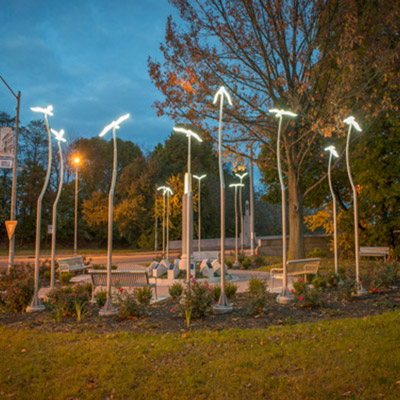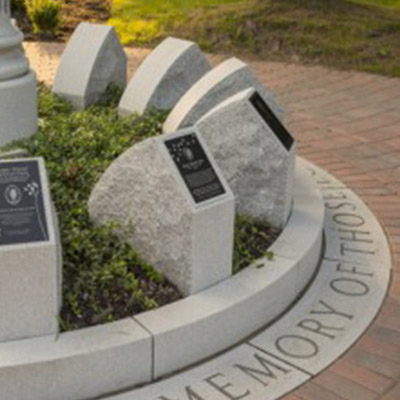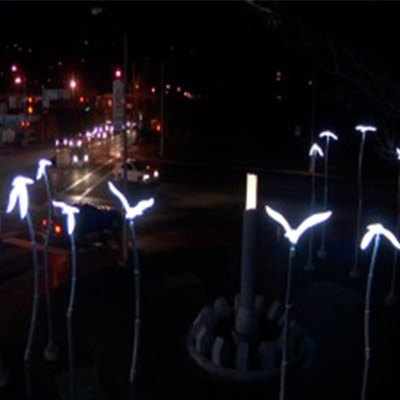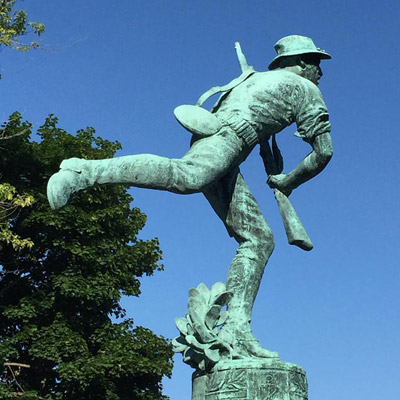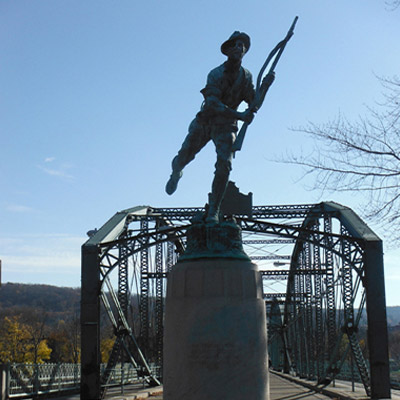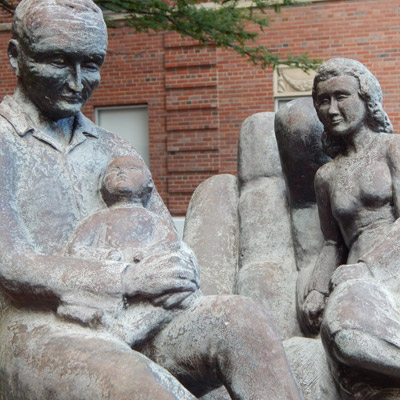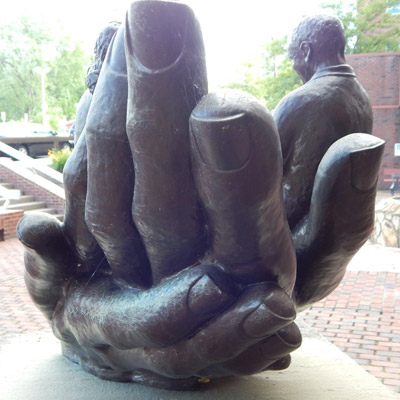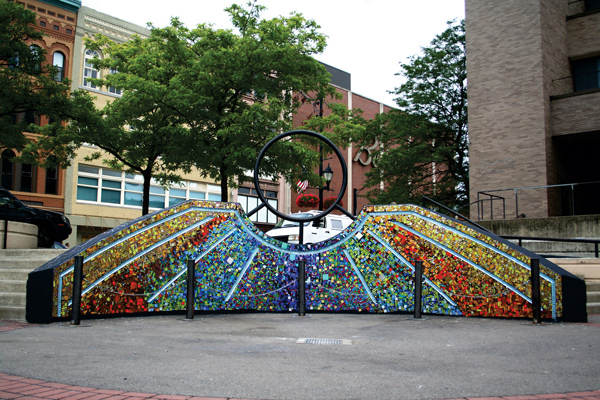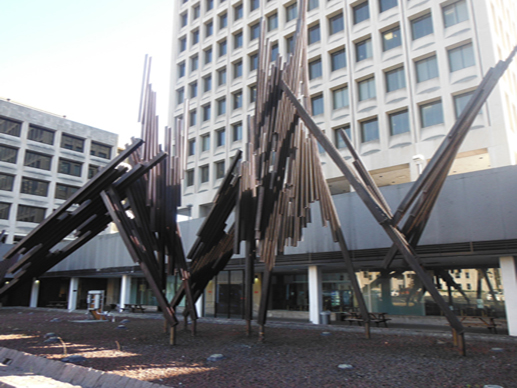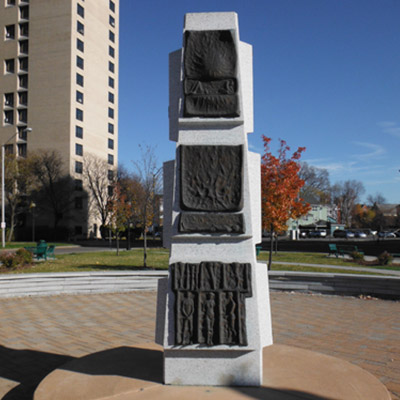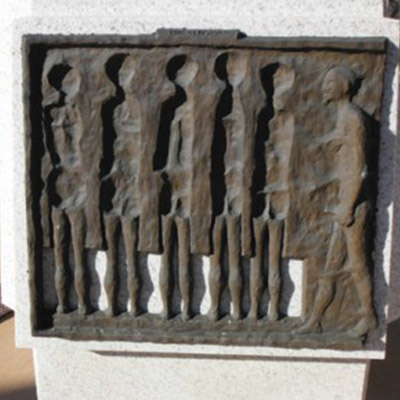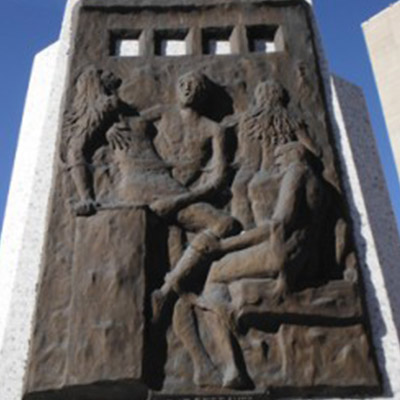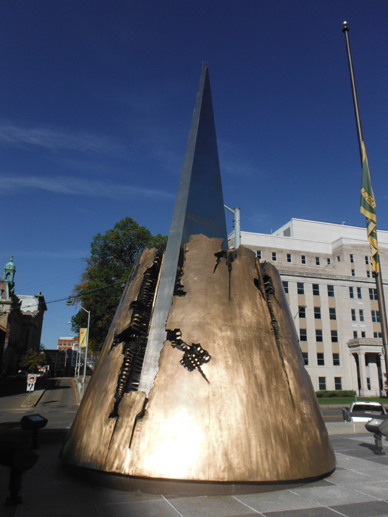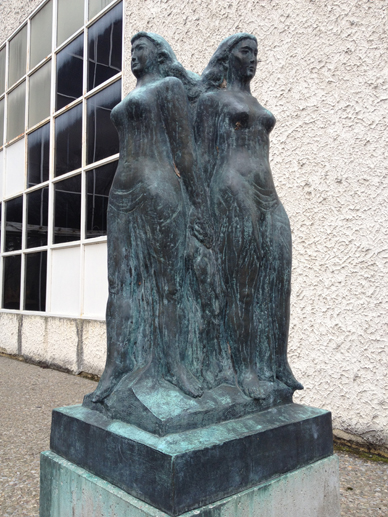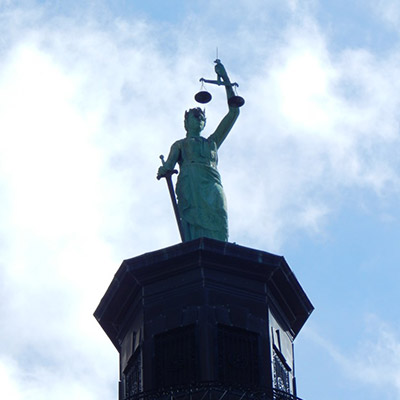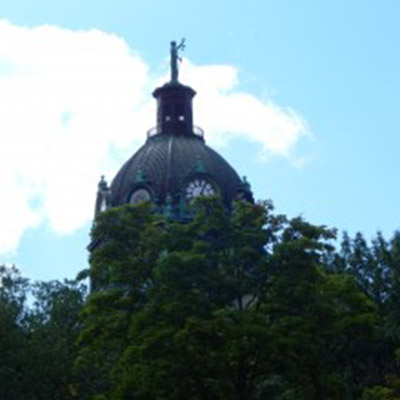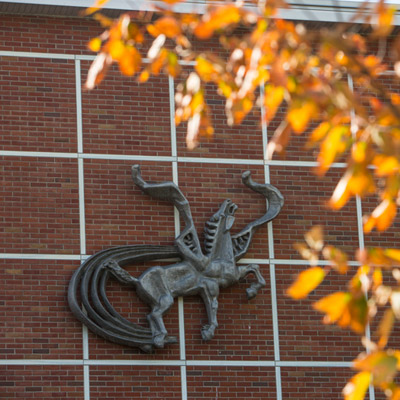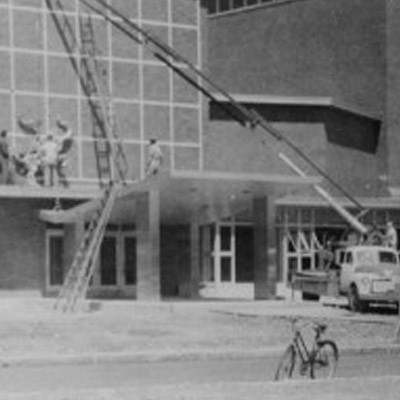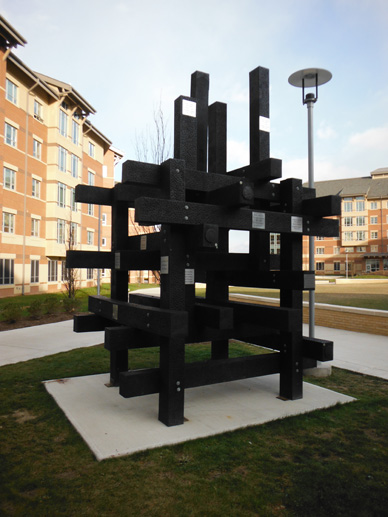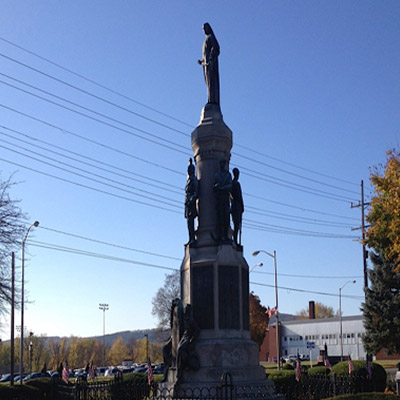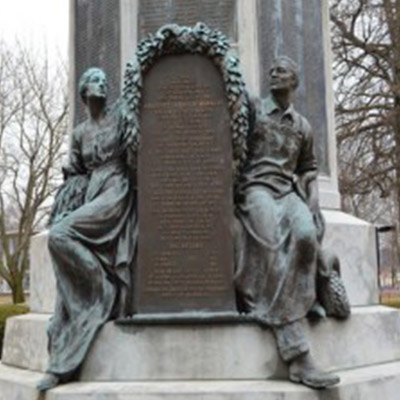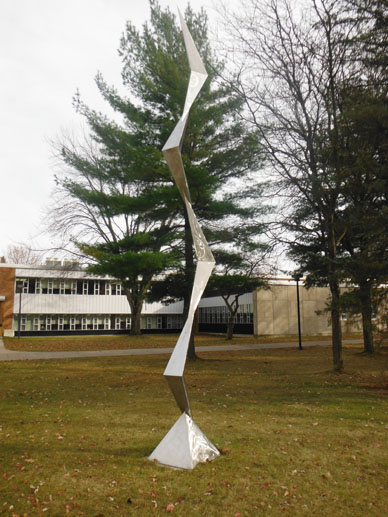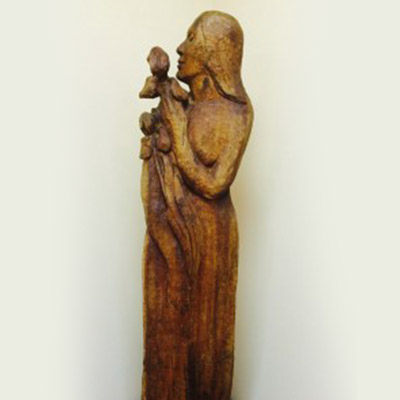Director of Programs and Marketing, Shawna Stevenson, catches up with exhibiting artist Russell Serrianne during his exhibition opening with Artisan Gallery at Orazio Salati Studio and Gallery, 204 State Street, Binghamton, NY. Open gallery hours are 11AM – 3PM, Thursdays, Fridays, and Saturdays. Please contact information@broomearts.org with any inquiries.
—
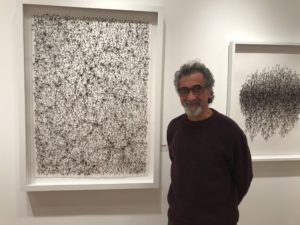
What’s your process in collecting materials, and preparing and designing them? How would you describe your process?
I walk a lot and enjoy getting on the trails and into the woods. The tendrils I find are not deep in the woods, they tend to grow along the paths, where there is more natural light and brush. I primarily look for tendrils which are a year or older and more dried on the branch. I am very conscious of gathering specific shapes which will translate to various line thickness and directional twist. When I see them on the branches, I almost know instantly how it will sit on the paper.
Each work is influenced or derived from gesture drawings done in various mediums – walnut ink, pencil or charcoal.
I want to invite people to question, “What am I looking at?” and to look again. Take it from there. I’m not trying to make statements really. It’s all about attention, line energy and movement. The hope is, “what is this? …what’s going on here?” A lot of people are curious about the physical process, it’s just part of immersing in my medium and concentrating on the technical aspect of achieving the results.
What kind of tools do you use for this work?
Basic gardening clippers are great in the gathering of tendrils. When I work, I use tweezers to grip and hold the tendril as I apply archival glue to it and position it on the paper at a predetermined point. There are three to four points of each tendril that will make contact with the paper. I will pre-position up to 40 or 50 tendrils that will later be glued in place, as I build on the composition. Toothpick points (1/4”) are placed next to each unglued tendril to easily identify what is not yet adhered to the surface. Rather labor intensive and yet quite meditative. I could work for hours and hours.
Do you take any inspiration from Andy Goldsworthy, or other nature artists?
I find Patrick Dougherty’s branch works and the massive scale in which he creates his outdoor installations fascinating. My tendrils works are very sculptural as I build the composition on paper.
What decides the scale of the piece? Do you let it take its own space and adjust that?
I like to work in various sizes and prefer a heavy deckled edge paper. Size is determined by the challenge of the composition and the space I need to do it. In the larger pieces there is a large amount of spontaneity once the piece is moving within the space.
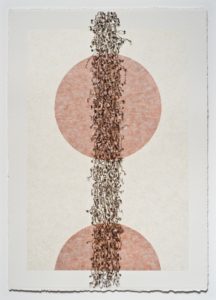 Returning Home
Returning Home
2011
42” x 30”
Vine tendrils with clear shellac surface on paper
$2,200
Returning Home is a very early tendril piece. I used Japanese ginwashi paper laminated over gouache. Early works, as this, represented more literal statements, in this case, a representation of flowing language. The falling tendrils also contradict the falling circles. My work eliminated collage and paint after this piece and focuses more on the tendrils creating directional compositions.
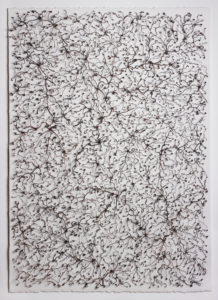 Commingle
Commingle
2020
42”x 30”
Vine tendrils, with clear shellac surface on paper
Not for Sale

